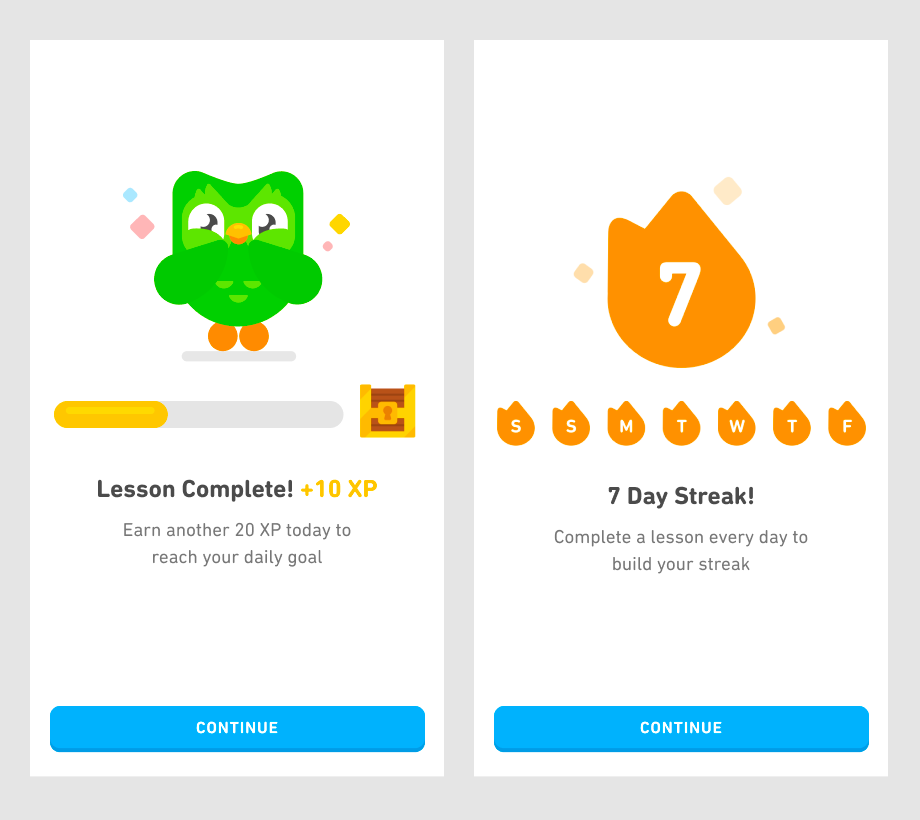1. Visceral Processing (First Impressions & Instincts)
This level is immediate and subconscious, focusing on the user’s first impression of a product. Visual appeal, colors, typography, and layout all influence visceral reactions.

Apple’s website
Apple’s product pages use high-quality images, sleek typography, and whitespace to evoke elegance and sophistication. The first impression makes users feel they are engaging with a premium product.
2. Behavioral Processing (Usability & Functionality)
At this level, emotions are driven by how well a product functions. Users feel joy when interactions are smooth and frustration when they struggle with usability.

Google Search
Google’s homepage is minimalistic and functional, providing a frictionless experience. The instant response to user queries and simple navigation enhance satisfaction.
3. Reflective Processing (Long-Term Impact & Meaning)
Reflective processing involves conscious thought and interpretation of an experience. It shapes how users remember a product and whether they form a connection with it.

Duolingo’s gamification
Duolingo motivates users with streaks, rewards, and personalized messages, making language learning more engaging and memorable. This long-term emotional connection keeps users coming back.
Why It Matters in UX Design
By designing with these three levels of emotional processing in mind, UX professionals can create products that not only function well but also resonate with users on a deeper level. A successful UX design doesn’t just meet practical needs, it also delights, engages, and leaves a lasting positive impression.







